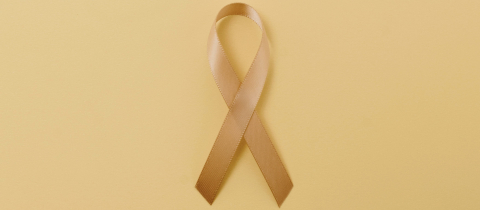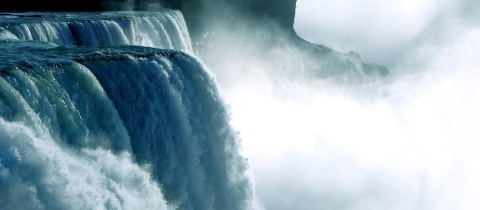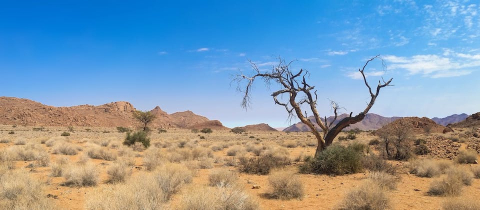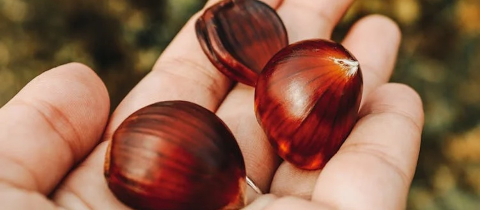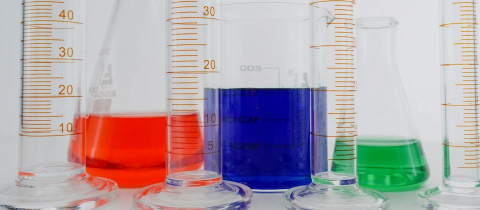If you have ever written anything on a chalkboard, you know the powdery feeling left on your hands after holding a piece of chalk. While that residue may feel annoying when you try to go on with your day, it's exactly why chalk is used so widely in sport. Gymnasts, lifters, and rock climbers all agree that chalk is something that they always keep on hand — literally.
Blackboard chalk is either calcium sulphate (CaSO4) or calcium carbonate (CaCO3) (also called “calcite” which is the Greek word for “lime”, since it’s the primary component of limestone). They both crumble easily, stick to many surfaces, and absorb moisture. In sport terms, that means applying chalk to your hands works in wicking away sweat and improving grip.
For rock climbing, another form of chalk, magnesium carbonate (MgCO3) is commonly used, in block, powder, or form. Whether it be a solid chunk, ground up, or a sticky paste, these all serve the same function. In the climbing gym, chalk can be found in big bins or bags, where it’s often used communally. Similar to counter tops and doorknobs, the chalk is kind of like a common surface that comes in contact with many hands. Chalk dust also spreads as a fine particulate matter, which could carry the virus and be “airborne”. Because of this, early on during the COVID-19 pandemic, professionals were questioning whether the chalk bin and climbing holds would be potential transmission areas for the virus.
To study this, a team at DeMontfort University used a human coronavirus model of SARS-CoV2 (HCoV-OC43) to see if chalk provided an environmental reservoir for viral transmission. The researchers put the coronavirus model on various dry plastic surfaces coated in differing types of climbing chalk, or none at all. As time passed, they sampled the surface and evaluated the number of infectious particles that remained. They reported that “within just one minute of the virus coming into contact with the chalk, the number of infectious particles in all the samples was reduced by more than 99%”. To put this in context, the virus remains active much longer on other surfaces, specifically around seven days on plastic and around seven hours on paper. The conclusion that chalk is unlikely to harbour coronavirus was great news to climbers since it was a step towards the reopening of gyms.
In response to the same problem, Friction Labs started developing a new formula for climbing chalk called “Secret Stuff”, which was meant to double as a hand sanitizer since it contained 80% ethanol. While this made it comparable to some FDA-approved hand sanitizers, it didn’t quite qualify to be on par with more common disinfectants. This product garnered some attention since it was reported as a liquid chalk that could kill coronavirus. But remember, the anti-viral powers are mostly due to the presence of ethanol. So, it’s best to stick to chalk for climbing, and hand sanitizer for coronavirus.
Cat Wang recently graduated from McGill University with a Bachelor of Science (BSc) degree in the anatomy and cell biology program and is currently deciding on a Master’s program.

